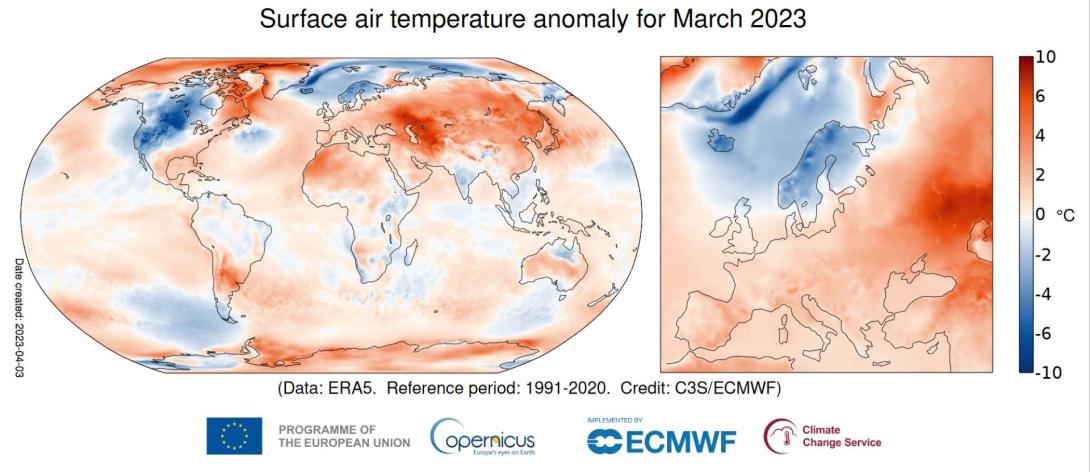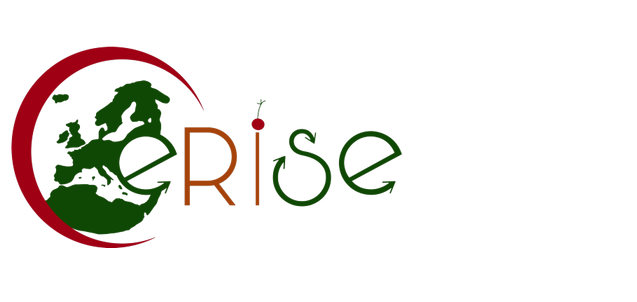A role of the Copernicus Programme of the European Commission is to ensure operational access to high-quality quantitative information about our planet and its environment. In particular, the mission of the Copernicus Climate Change Service (C3S) is to support adaptation and mitigation policies of the European Union by providing consistent and authoritative information about past, present and future climate. The ability to extract and integrate information from the wealth of Earth System observations delivered by the European Copernicus Programme is a key element of C3S services. However, very little effort so far was dedicated by the community to land-atmosphere coupled assimilation or consistent land-atmosphere initialisation for reanalysis and seasonal prediction systems, despite the fact that near-surface conditions over land, including snow covered surfaces, are of critical interest to users.
The Copernicus Climate Change Service Evolution (CERISE) project is addressing the C3S user requirements by developing new and innovative ensemble-based coupled land-atmosphere data assimilation approaches and land surface initialisation techniques to pave the way for the next generations of the C3S reanalysis and seasonal prediction systems. CERISE is working to close the knowledge gap and develop the science that underpins future global and regional coupled reanalyses and improve the representation of land, cryosphere and near surface weather conditions in the seasonal prediction models. A major objective of CERISE is to improve the quality and our understanding of land, including snow surfaces, initial conditions for the C3S seasonal forecast multi-system.
The CERISE project outputs will be essential for medium to long-term upgrades of the C3S systems with targeted progressive implementation in the next three years and beyond. The novel CERISE methodologies, prototypes, demonstrators, and diagnostics are being developed in strong collaboration with the existing C3S operational and development teams and will leverage the C3S infrastructure. These plans were initiated at the virtual Kick-off meeting in January which brought together all 12 partners from across Europe “We had very constructive discussions on detailed plans for the four years ahead,” said Patricia de Rosnay, the Project Coordinator of CERISE.
Building on past projects:
The H2020 project CONFESS is investigating the temporal variations of land surfaces boundary conditions, and contributes to improving the evolution of C3S reanalysis and seasonal predictions systems. However, data assimilation developments and exploitation of satellite data are beyond the scope of CONFESS, and in this regard CERISE will build on the achievements of CONFESS (https://confess-h2020.eu/)


